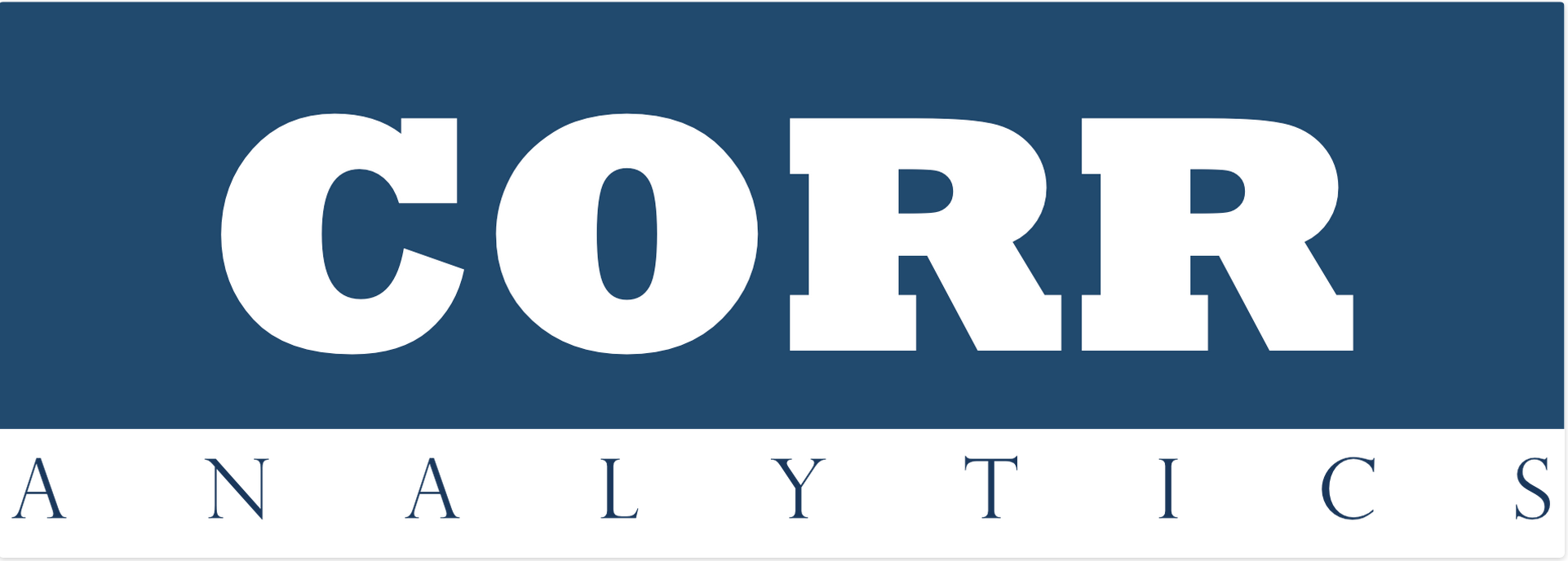By Anders Corr, Ph.D. On Sunday and Monday in Dhaka and Chittagong, Bangladesh, from 70,000 to 200,000 Islamist protesters called for adoption of Islamic law (Sharia) by the secular government. The government responded with force to related road blockages, violent riots, and primitive thrown explosives. The government use of force included some live fire, and a total of approximately 37 killed over two days. That number will likely rise, and thrice that number were likely wounded. The largest opposition party, which is allied with the Islamists, called for a 2-day general strike (WSJ, NYT, CNN, WP, AJ). Footage of the protests is below, courtesy of Associated Press.
The effects of such force will be to increase the number and militancy of islamists in Bangladesh. A minority will likely turn to more subversive violence, such as terrorist assassinations, extortion, and bombings. Such action and reaction by the government and protesters has no obvious resolution in sight. Combined with Islamist anger at continuing legal proceedings against prominent Islamist politicians and public anger at mounting factory deaths, the last two days is likely a turning point for Bangladesh’s stability — in a decidedly negative direction. At least some of this increasing unrest may soon target foreign visitors, investments, and suppliers in the country.
JPR Blog
